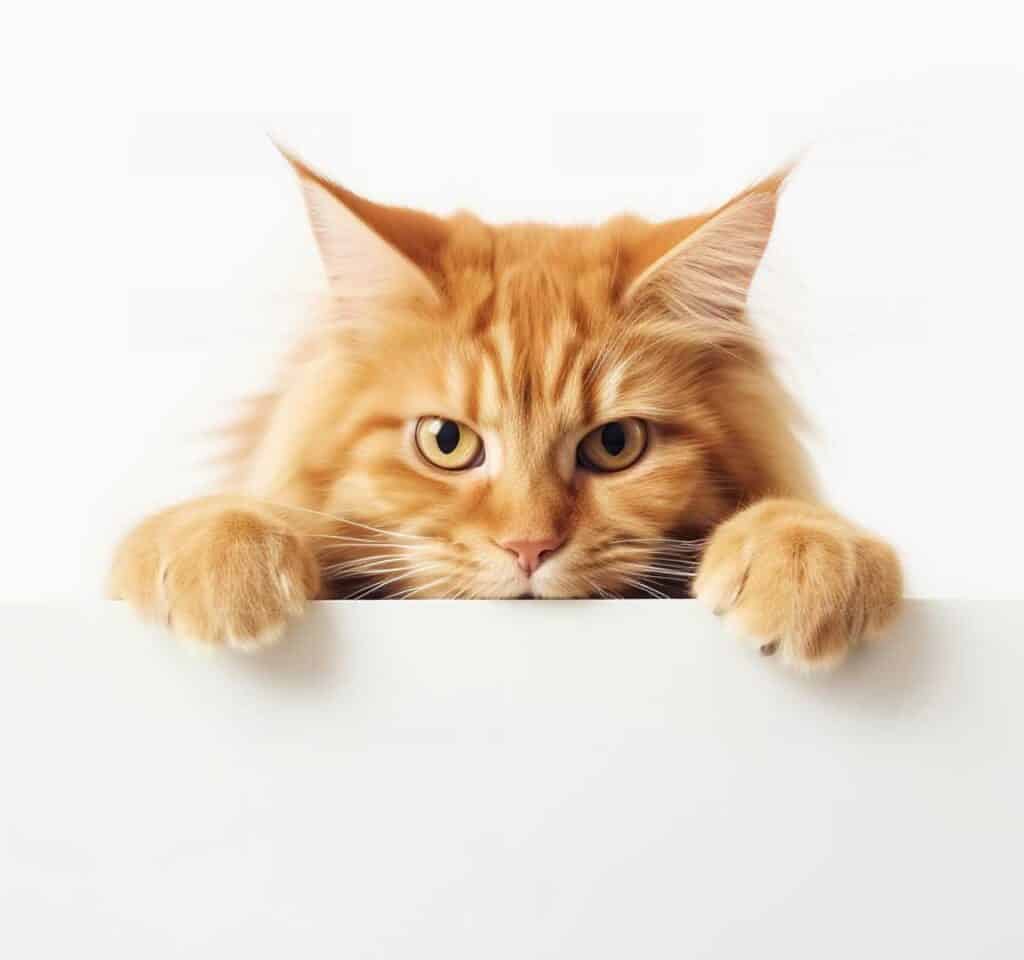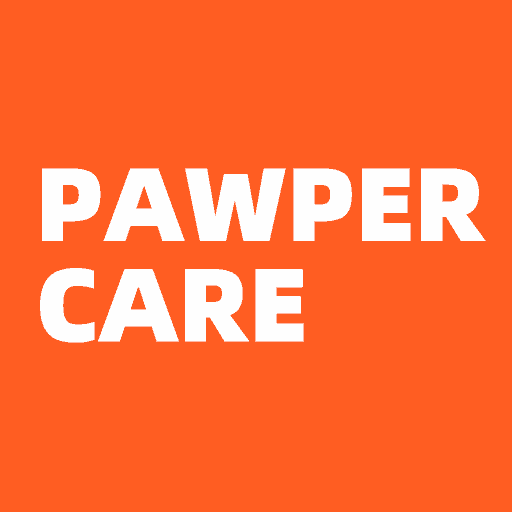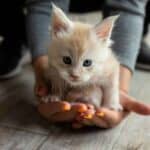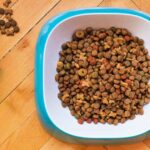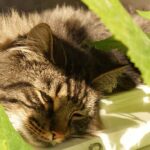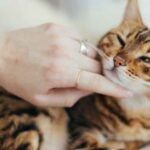Why is your cat’s diet Important? Because it affects their health, well-being, and longevity.
A balanced and complete diet can provide your cat with the energy and nutrients they need to thrive, while an inadequate or inappropriate diet can cause various problems, such as obesity, diabetes, kidney disease, urinary tract infections, skin issues, dental problems, and more.
Cats’ bodies are uniquely adapted to metabolize certain nutrients from animal-based sources better than plant-based ones. Therefore, choosing the proper diet is essential.
Indoor cats, however, may need to get their nutrition in different ways because of lower activity levels. They also have other issues than outdoor cats, such as obesity, hairballs, or urinary problems.
So what is a good diet for our cats? Let’s dive right in.
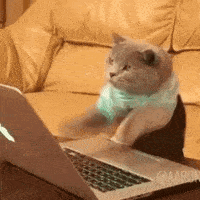
What Are the Nutritional Requirements of A Cat?
Cats are obligate carnivores, which means they require a diet primarily made up of meat.
Cats’ Key nutrients include protein, fat, carbohydrates in small amounts, vitamins, minerals, and water.
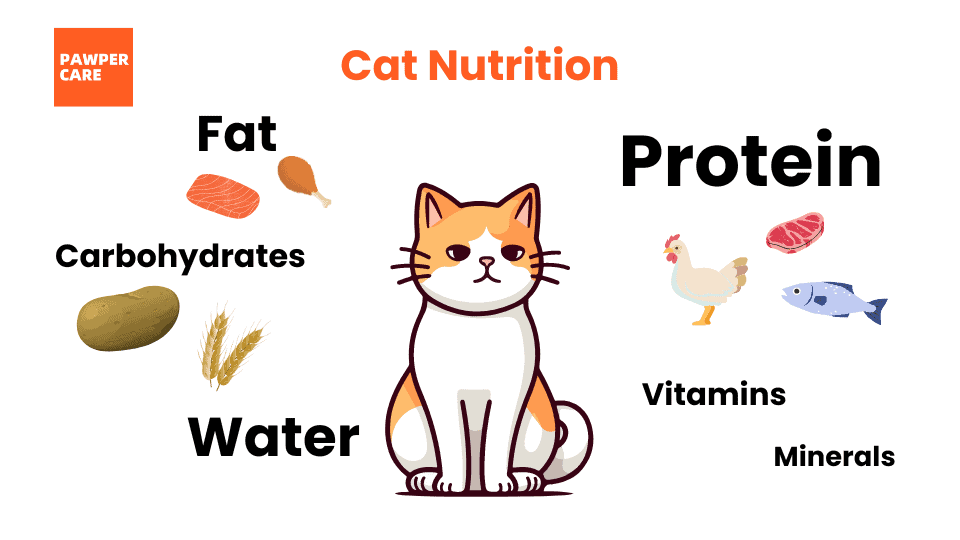
Protein is vital for growth, body repair, and maintenance.
Fat supplies essential fatty acids and aids in nutrient absorption, while carbohydrates, though not a dietary requirement, can provide additional energy when needed.
Vitamins and minerals support various bodily functions, and water maintains hydration and aids digestion.
For indoor cats, experts recommend feeding indoor cats a diet that is high in protein, low in calories, and rich in fiber.
This can help indoor cats maintain a healthy weight, prevent hairballs, and support their urinary tract health.
However, not all indoor cats need a special diet, and some may do well on regular cat food as long as they are fed the right amount and have access to fresh water.
Be that as it may, you might still confuse about what to feed our Maine Coon cat.
Well, a complete and balanced commercial cat food will always be a good choice.
How About For Maine Coon Cats?
Maine Coons are a large and active breed.
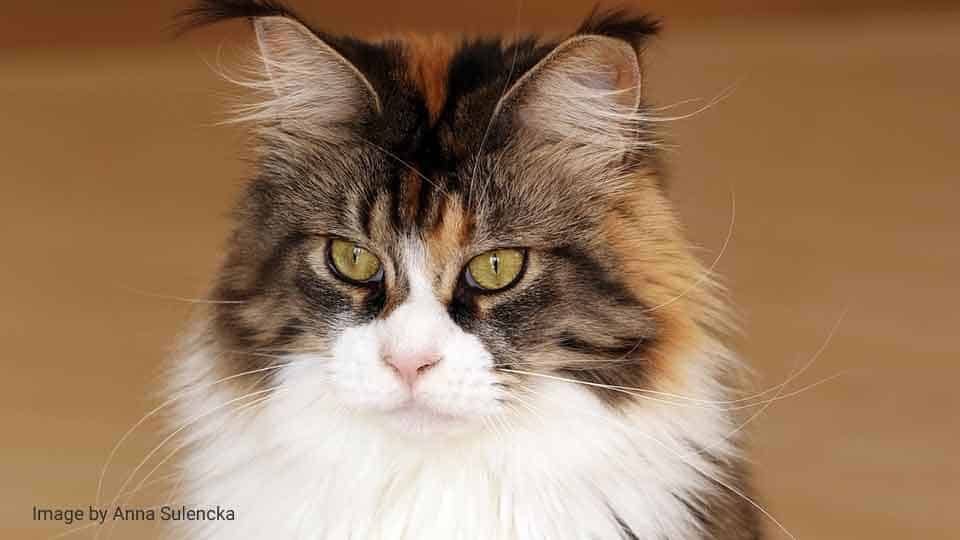
Their dietary needs are generally the same as other cats, but due to their size, they may require more calories.
High-quality protein should be the cornerstone of their diet, followed by fats and limited carbohydrates, and a good balance of vitamins and minerals.
Which Cat Foods Have All the Essential Nutrients?
Not all cat foods are created equal.
Look for ones labeled as ‘complete and balanced.’ This means they meet the minimum nutritional requirements of the Association of American Feed Control Officials (AAFCO).
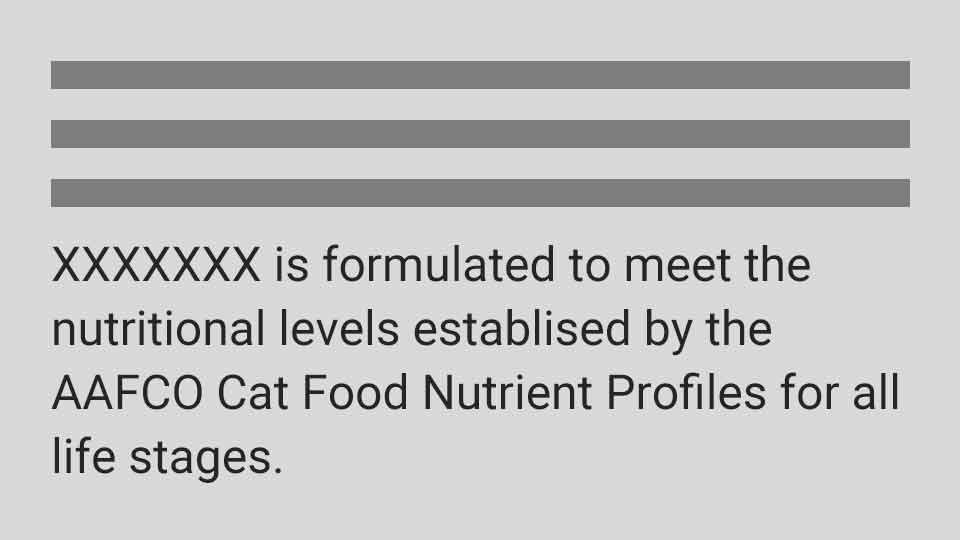
Such foods should contain:
- A high proportion of animal-based protein
- A source of fat
- A minimal amount of carbohydrates
In my experience, brands like Royal Canin, Blue Buffalo, and Hill’s Science Diet have shown consistent quality.
They offer formulas specifically designed for indoor cats, and some even have breed-specific formulas, like for Maine Coons.
My Maine Coon cat has thrived on these foods, but remember, each cat is unique. What works for one might not work for another.
What Percentage of Nutrients Do Cats Need?
The exact nutrient percentages can vary based on age, activity level, and health status.
Generally, a balanced cat diet should consist of around 30-40% protein, 10-20% fat, and 2-3% carbohydrates.
The remaining portion should include essential vitamins, minerals and water.
Protein
What Is Protein in Cat Food?
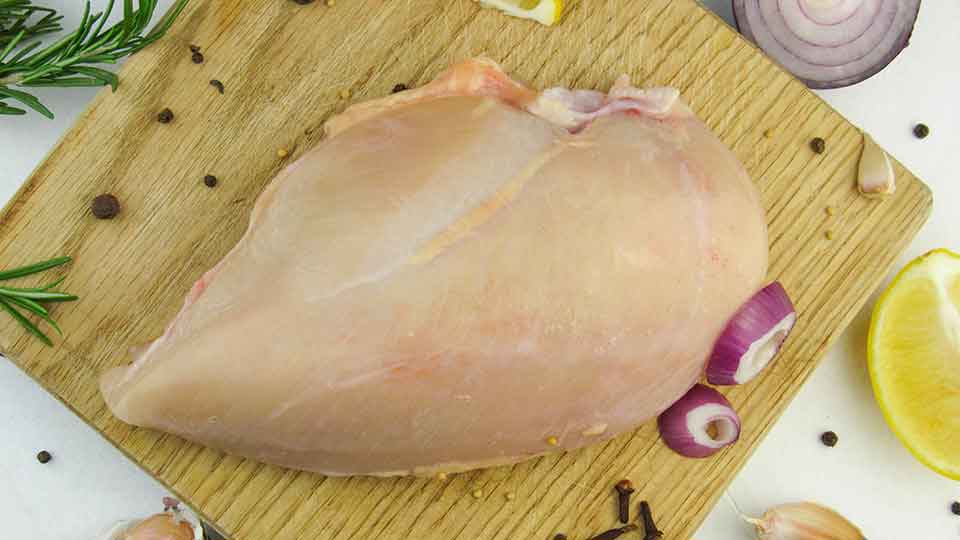
Image credit: Karyna Panchenko
Protein in cat food comes primarily from animal sources like chicken, beef, fish, and turkey.
Some foods also contain plant-based proteins, but these are not as easy for cats to digest and utilize.
The best cat foods have a specific meat listed as the first ingredient, indicating it is the primary component.
How Much Protein Does My Cat Need?
As a rule of thumb, adult cats should consume a diet that’s at least 26% protein, but more could be beneficial, especially for active breeds like Maine Coons.
For my Maine Coon, I aim for a diet that’s around 30-40% protein.
Fat
Which Sources of Fat to Be Considered?
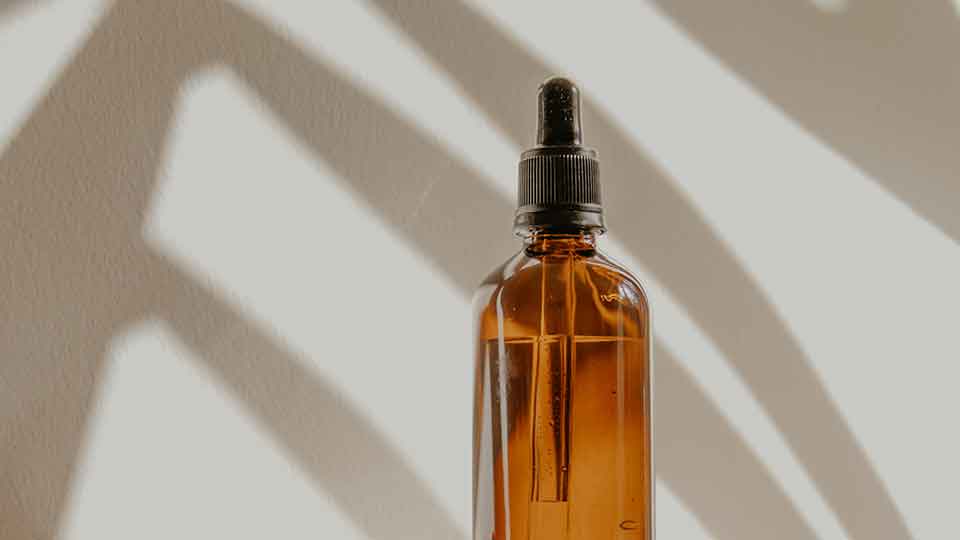
Image credit: Kadarius Seegars
Look for cat foods with named fat sources, like chicken fat or salmon oil, rather than generic terms like “animal fat.”
These specific sources usually indicate a higher quality product.
Fats should also provide a balance of omega-3 and omega-6 fatty acids, which support skin, coat, and overall health.
How Much Fat Does My Cat Need?
Fat should make up 10-20% of your cat’s diet.
However, as indoor cats are less active, it’s important to monitor their weight and adjust their caloric intake as necessary to prevent obesity.
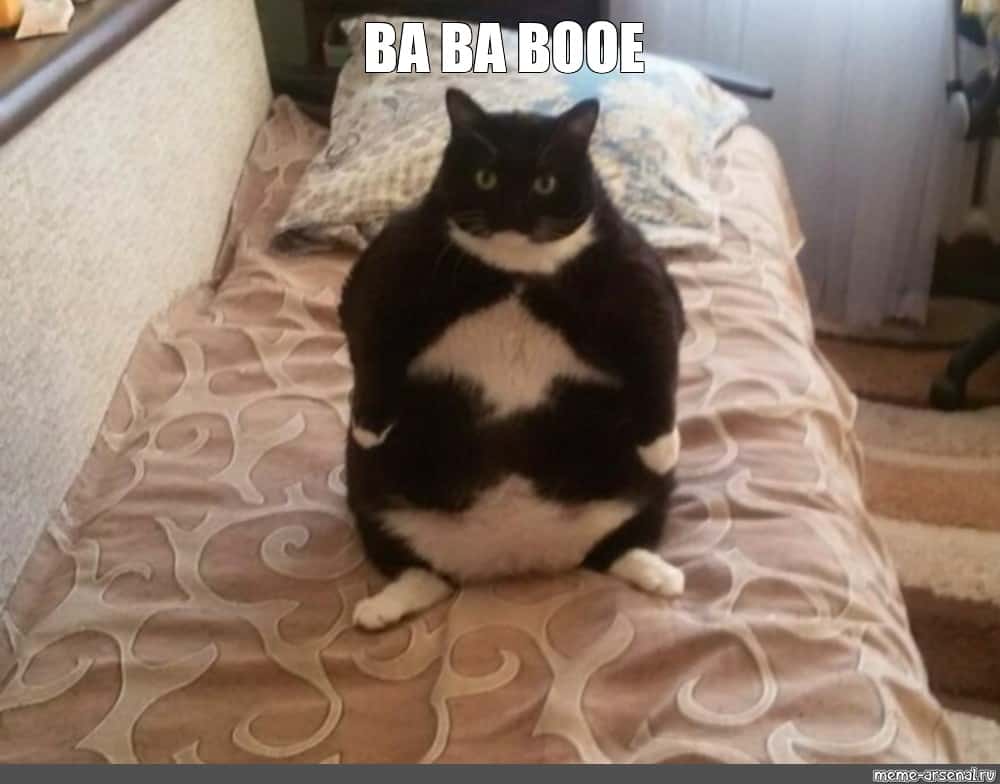
Image credit: arsenal.com
Carbohydrates
Is Carbohydrate Necessary in Cat’s Diet?
Cats do not require carbohydrates in their diet.
However, some carbs in cat food can provide additional energy and aid digestion, especially for large cats like Maine Coon.
Examples of Sources of Carbohydrates
Most cat foods include carbohydrates like peas, potatoes, or grains.
While grains are often criticized, they are not inherently bad unless your cat has a specific allergy or sensitivity.
How Many Carbs Does My Cat Need?
Aim for a diet that’s around 2-3% carbohydrates.
However, many commercial cat foods contain more.
If the carbohydrate content is too high, it may mean the food is low in protein and fat, which are more important for your cat’s health.
Vitamins, Minerals and Water
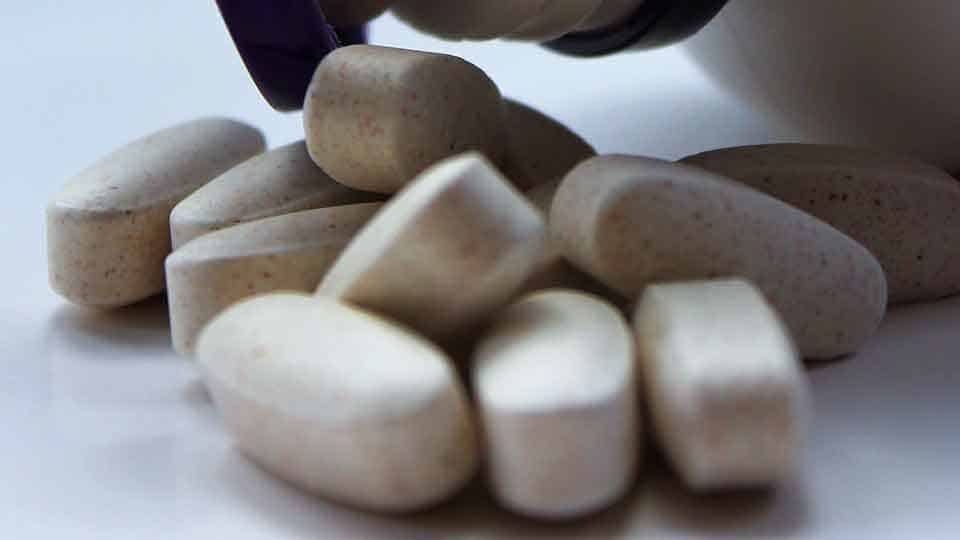
Image credit: Amanda Jones
Are Vitamins, Minerals and Water Necessary?
Absolutely!
Vitamins and minerals are essential for various bodily functions, from supporting immune function to maintaining healthy skin and coat.
For example,
Vitamin A: Important for vision, bone and tooth growth, reproduction, and maintenance of skin and mucous membranes.
Cats cannot synthesize vitamin A from plant sources, so they need to get it from animal sources, such as liver, meat, fish, and eggs.
Vitamin D: Important for calcium and phosphorus metabolism, bone health, and immune system function.
Cats cannot produce vitamin D from sunlight exposure, so they need to get it from their diet. Vitamin D is found in egg yolk, tuna, sardines, and dairy products.
Vitamin E: Important for antioxidant defense, cell membrane integrity, and skin health.
Vitamin E is found in animal products such as liver, eggs, and butter, as well as in plant oils such as sunflower and corn.
Water, too, is crucial for maintaining hydration and supporting overall health.
How Much Vitamins, Minerals and Water Do Cats Need?
The exact amounts of vitamins and minerals a cat needs can vary, but they should be included in a ‘complete and balanced’ cat food.
As for water, always ensure your cat has access to fresh water.
Some cats, especially those on dry diets, don’t drink enough on their own, so consider incorporating wet food to increase their water intake.
How Should I Feed My Maine Coon Cat?
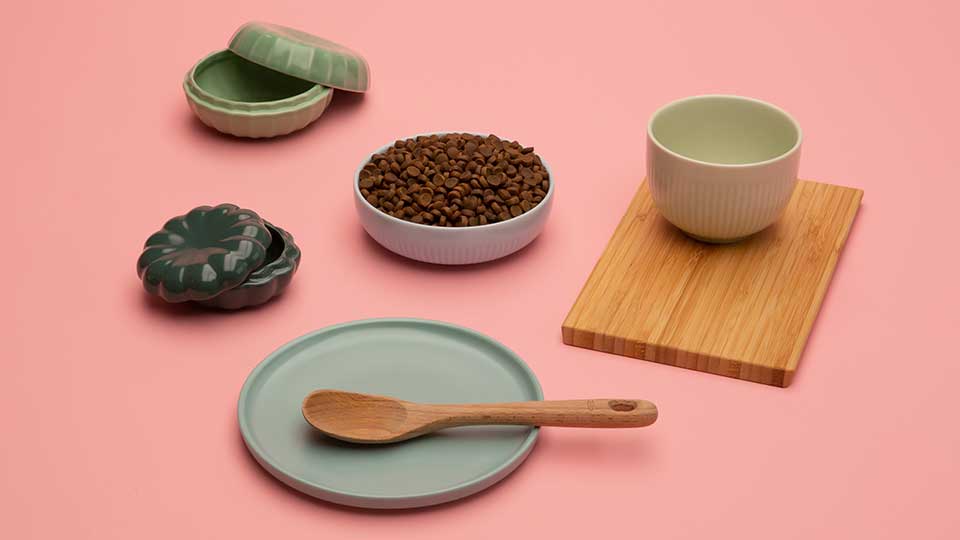
Feeding your cat isn’t just about what you feed, but also how and when you feed.
A Maine Coon cat should eat between 3 ounces of dry food or 9 ounces of wet food per day.
However, this may vary depending on the cat’s weight, age, activity level, and health condition.
You should also check the food’s calorie content, as some brands may have higher or lower calories than others.
A Maine Coon cat needs between 24 and 35 calories per pound, so you should adjust the amount of food accordingly.
How Much Calories Does Your Cat Need Per Day?
Enter your cat’s weight in pounds:
You should feed your Maine Coon cat two to three meals per day for adults, and four to six meals per day for kittens.
You can also leave some dry food out for your cat to graze on throughout the day, as Maine Coons are natural grazers.
Also, make sure to adjust the feeding amount as needed.
For my Maine Coon, I’ve found a combination of both dry and wet food works best.
The dry food is good for her dental health and allows her to graze throughout the day, while the wet food keeps her hydrated and provides variety.
I divide the daily food amount into two meals, one in the morning and one in the evening.
Remember, even though she might beg for more, those puppy-cat eyes often don’t know when to stop!

Regularly monitoring your cat’s weight and body condition is essential, as overfeeding can lead to obesity and other health problems.
If your cat is overweight, you may need to reduce their portions and feed them fewer daily meals.
It would help if you also encouraged your cat to exercise and play with toys to burn off excess calories and keep them fit and healthy.
If in doubt, consult with your vet.
Finally, remember to transition slowly when switching diets.
Gradually mix the new food with the old over a week or so to avoid upsetting your cat’s stomach.
Choosing the right diet for your indoor cat can be a tough choice.
But with a bit of knowledge and understanding, it becomes a manageable, even enjoyable, task. The peace of mind knowing you’re supporting your feline friend’s health and longevity is well worth the effort. And trust me, your cat will thank you, too!
